Abstract Code: IUC24404-79
Ultrasound Use via SAU for Testicular Pain Lasting Over 24 Hours: An Audit of Clinical Utility
U. Daniyal 1, J. Peace 1, V. Patel 2
(1) London North West University Healthcare – United Kingdom, (2) Greenford – United Kingdom
Ultrasound Use via SAU for Testicular Pain Lasting Over 24 Hours: An Audit of Clinical Utility
Authors: Umar Daniyal, Jacob Peace, Vikash Patel Affiliation: Urology – Surgical Department in Northwick Park Hospital, London Northwest University Healthcare, London, United Kingdom
Objective This audit evaluates the clinical utility of arranging next-day testicular ultrasounds via the Surgical Assessment Unit (SAU) for patients presenting with testicular pain lasting longer than 24 hours – a timeframe often considered a grey area in acute testicular pathology management. The audit aimed to assess the impact of this practice on patient outcomes, resource use, and day-team workload.
Methods A combined retrospective and prospective review was conducted using Cerner electronic patient records between October 2024 and February 2025. The audit was carried out in a National Health Service (NHS) district general hospital (DGH) located in West London. Patients with testicular pain lasting more than 24 hours who underwent planned ultrasound via SAU were included. Patients not meeting these criteria were excluded. Data were analysed using Microsoft Excel. A total of 19 patients met the inclusion criteria.
Results Among the 19 patients, 47% were discharged directly without further intervention. Only 3 patients experienced a change in management as a result of the ultrasound findings. Two ultimately proceeded to surgery after initially declining operative management. Additionally, 21% of patients were not reviewed by a registrar prior to their ultrasound.
Conclusions The audit demonstrates that routine next-day ultrasound for testicular pain >24 hours often yield limited clinical benefit and may strain acute imaging services. Recommendations include implementing local guidelines, reinforcing education around the Getting It Right First Time (GIRFT) framework, ensuring registrar review prior to imaging, and conducting re-audit with validated tools assessing workload and follow-up outcomes. We anticipate that findings from the second cycle of our audit, incorporating further interventions, will support more effective utilisation of resources.
